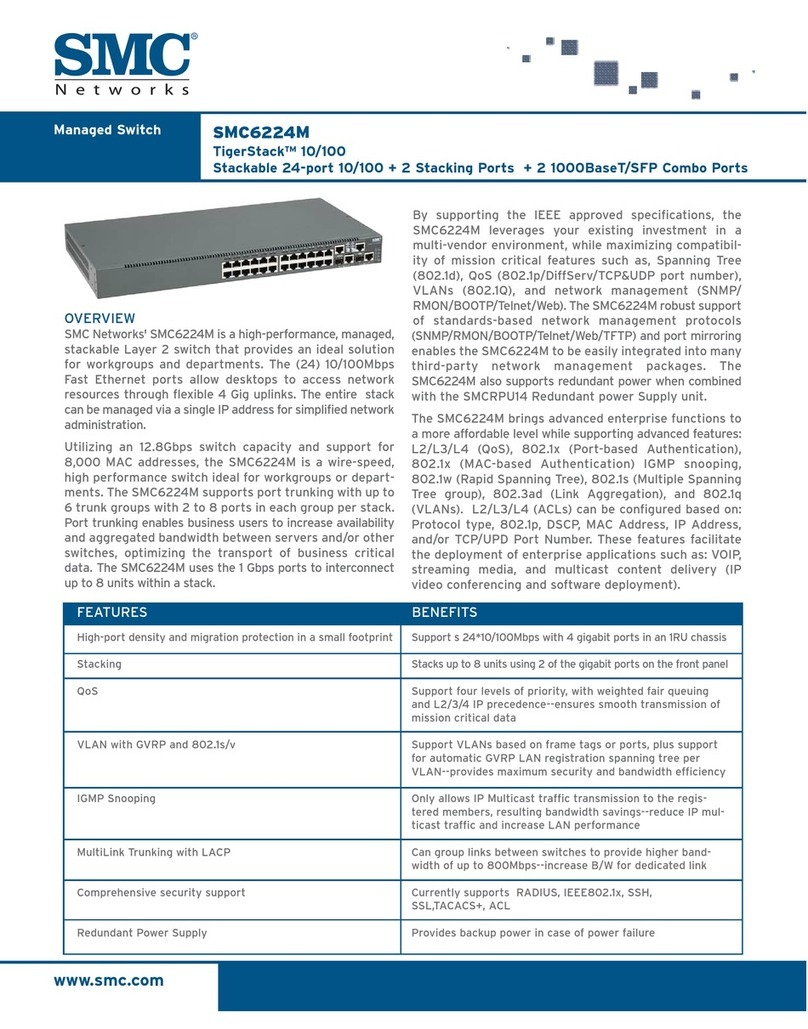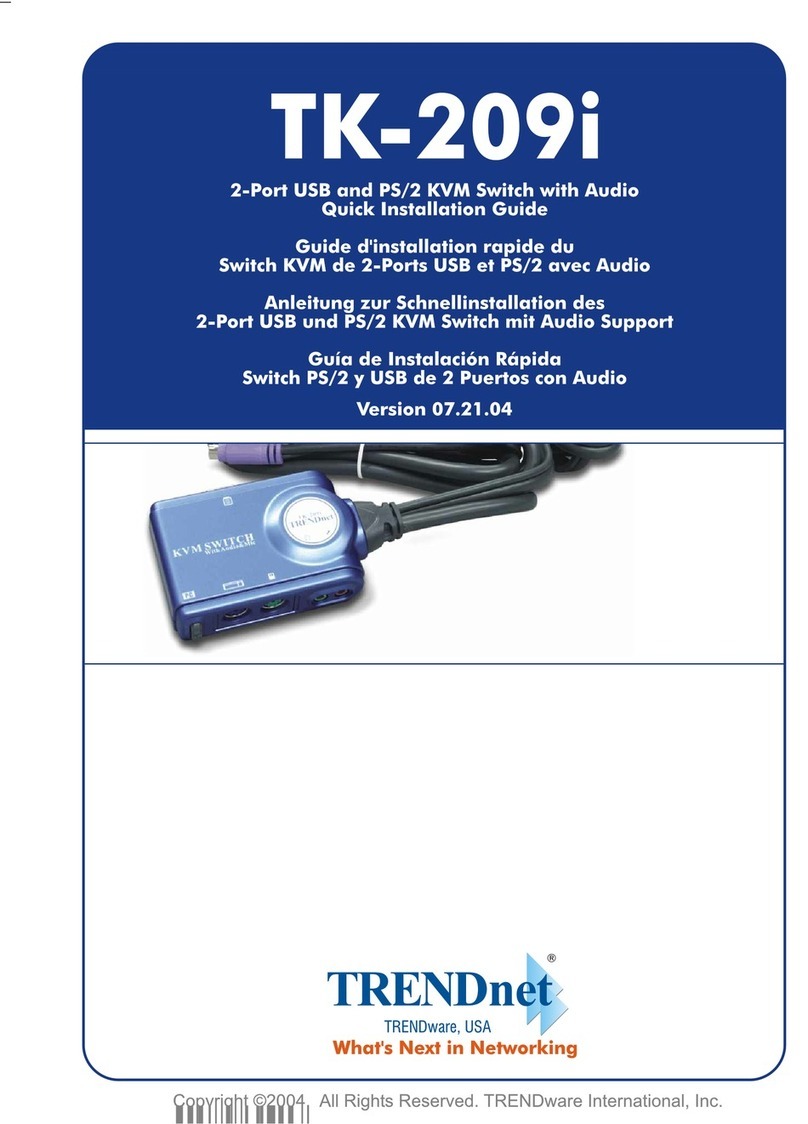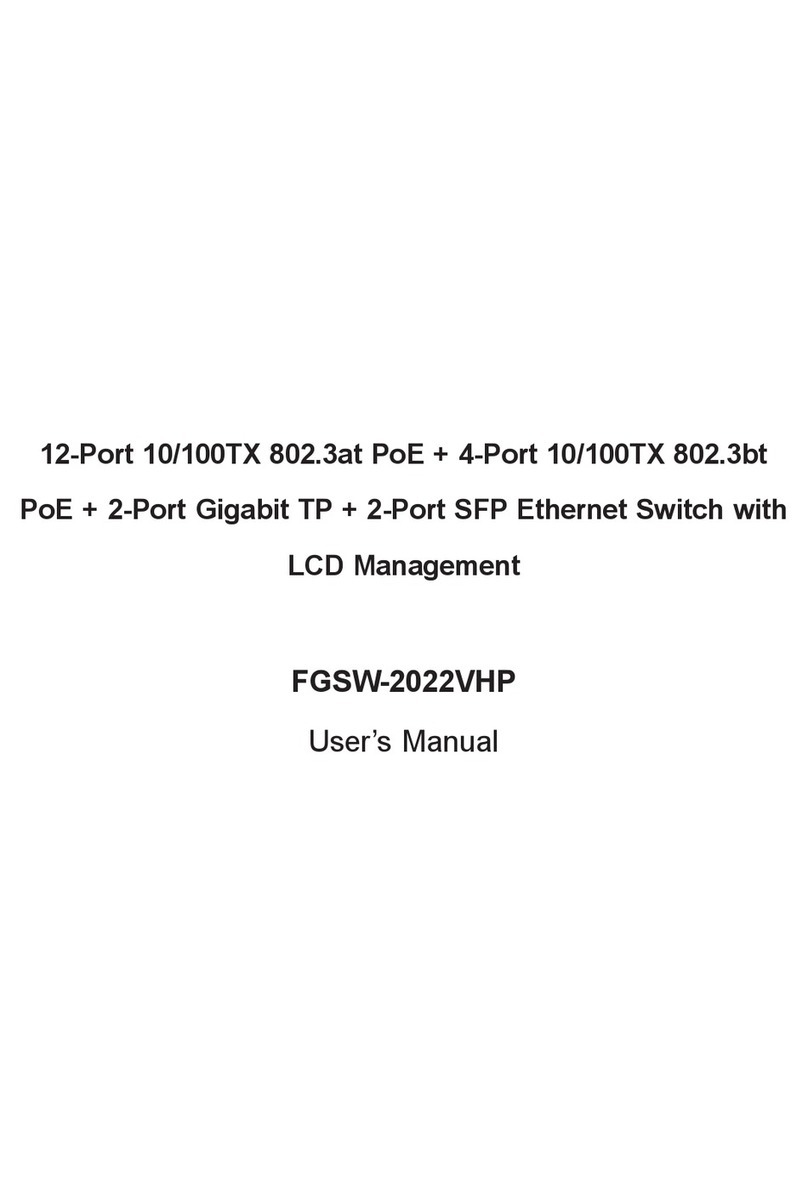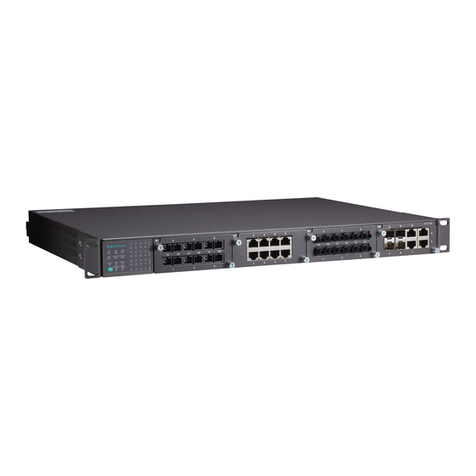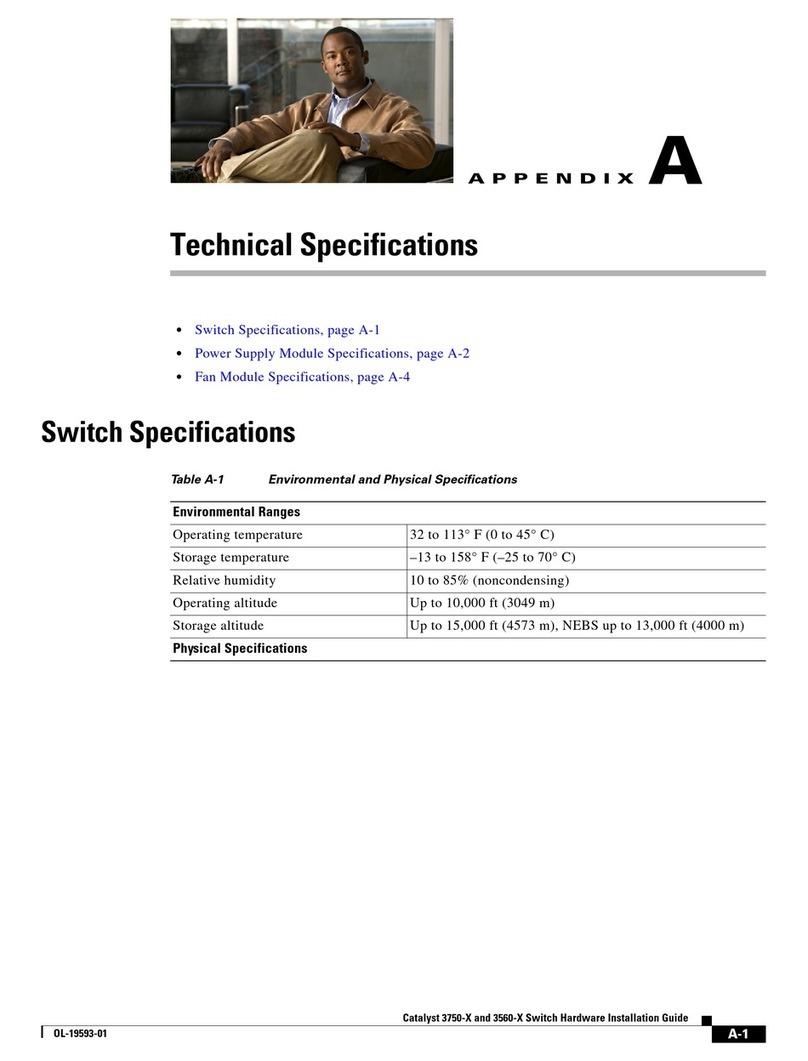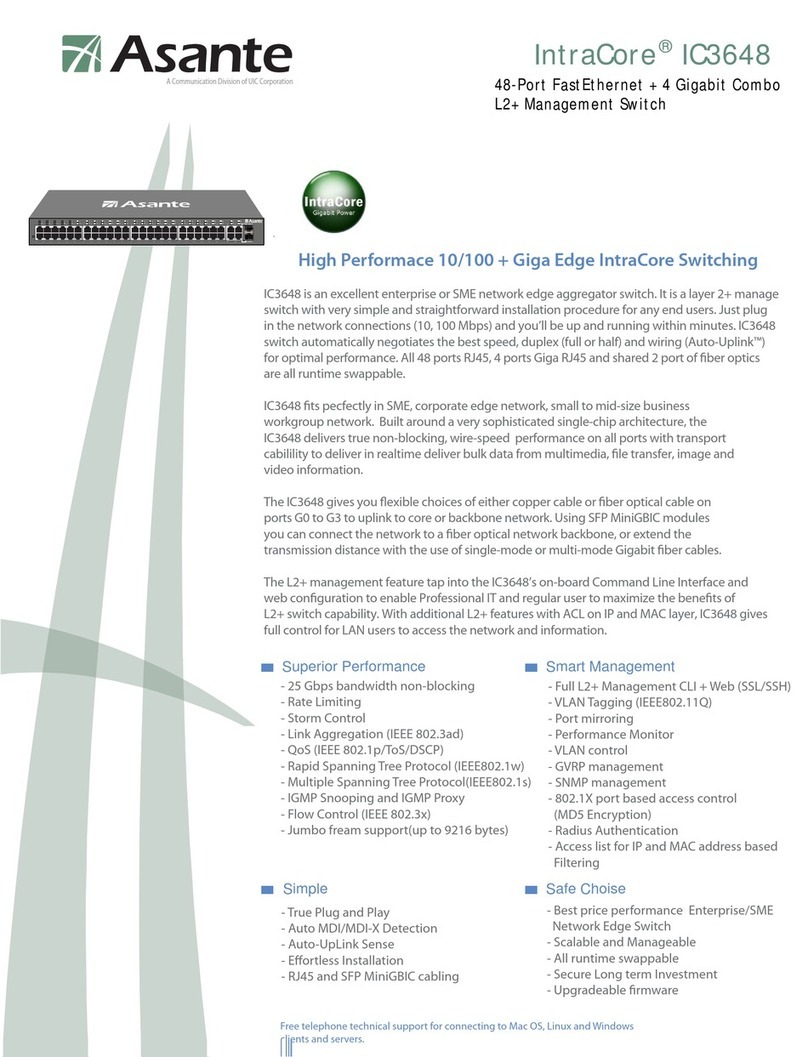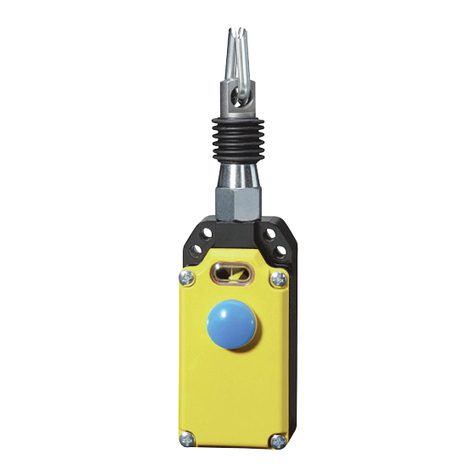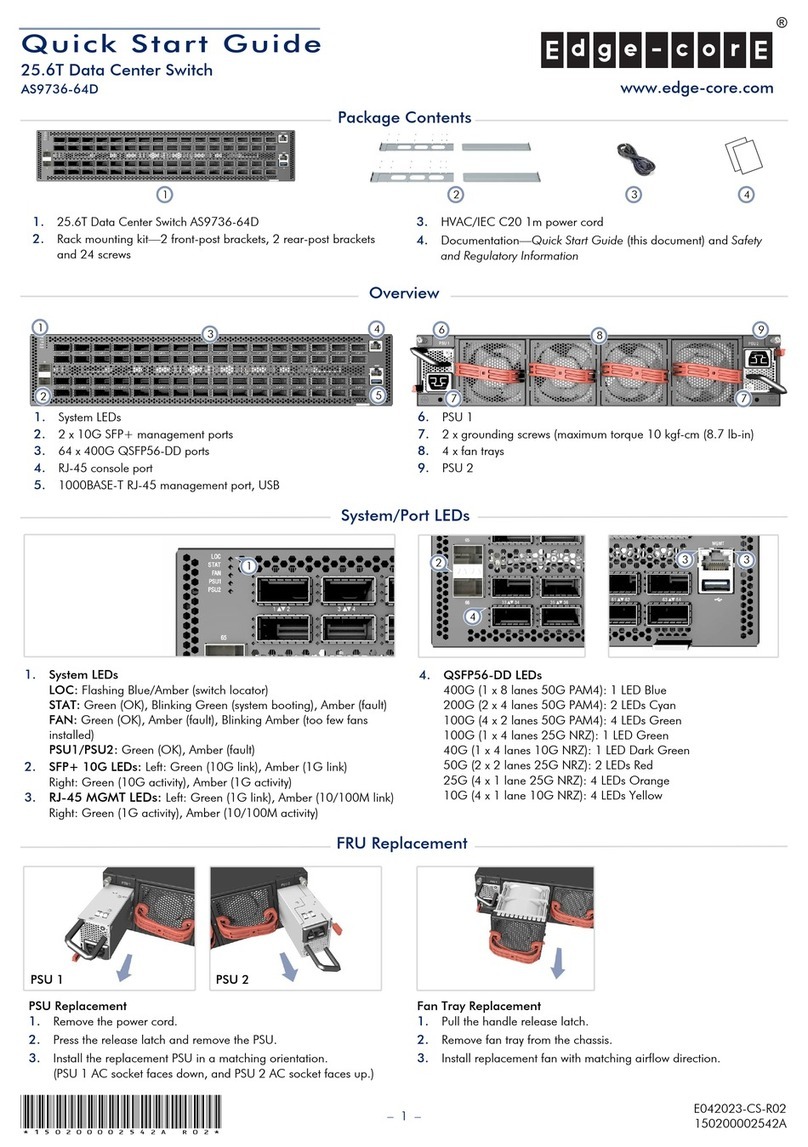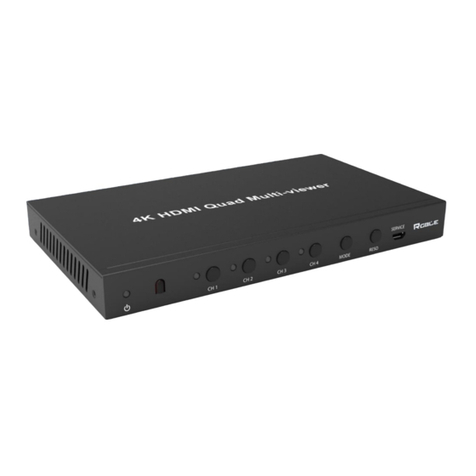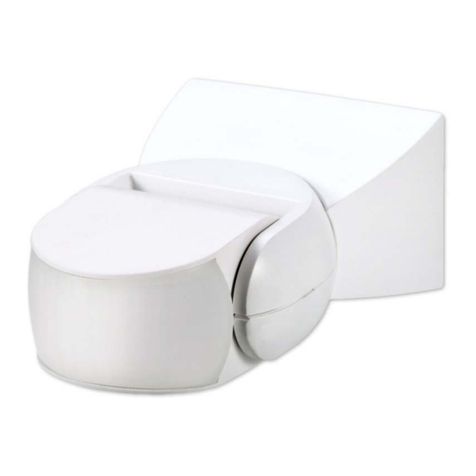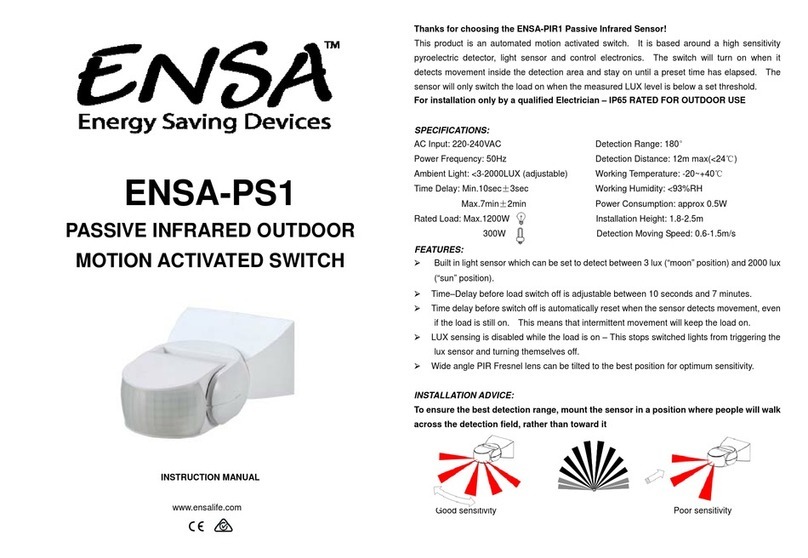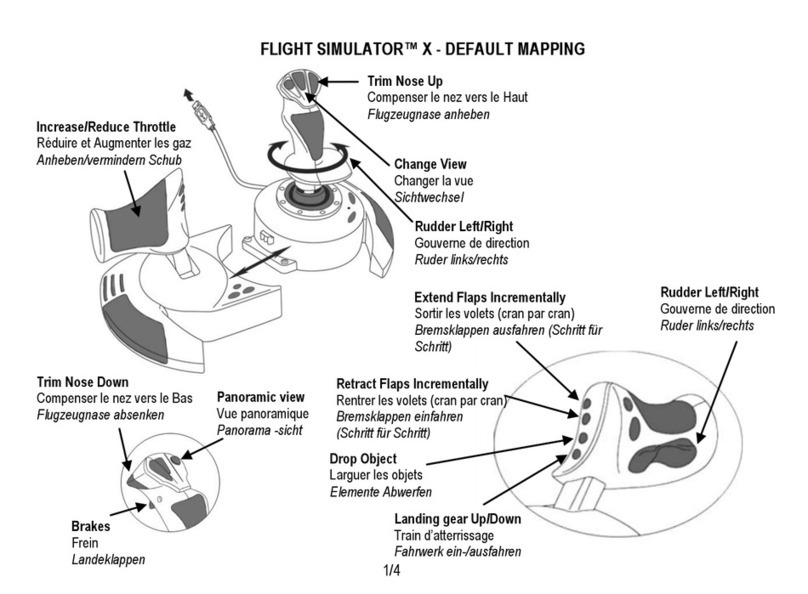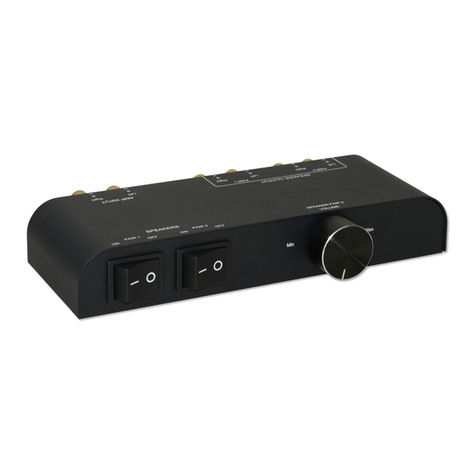
As the sensor responds to changes in temperature, avoid the following situations:
Avoid pointing the detector towards objects with highly reflective surfaces, such as mirrors
or polished metal.
Avoid mounting the detector near heat sources, such as heating vents, air conditioning
units or incandescent lights.
Avoid pointing the detector towards objects that may move in the wind, such as curtains or
tall plants.
INSTALLATION:
Ensure all AC power is switched off.
Loosen the bottom screw and remove the mounting base (figure 1).
Pass the power and load wires through the gasket in the bottom of the sensor.
Connect AC power and the load to the terminal block (figure 2).
Using two screws mount the base on a fixed object (figure 3).
Reattach the sensor to the base, tighten the screw and tilt to desired position.
Figure1: Figure2:
Figure 3:
TESTING THE INSTALLATION:
Set the LUX selector to the maximum
“sun” setting; set the TIME selector to
the minimum “-“ setting.
Switch on AC power; during the first 30
seconds the sensor is in warm up mode and its connected load will not turn on. After this
period is complete, if movement is detected by the sensor the load will be switched on.
After the detected movement stops, the load will switch off in approximately 10 seconds.
Turn LUX selector anti-clockwise to the minimum setting (moon). If the ambient light is
more than three lux, the load will not turn back on after the sensed movement has
stopped.
Please note that when testing in daylight, turn the LUX selector to the (SUN) position,
otherwise the sensor will not turn on the load. Also ensure that any lamp connected as a
load is pointed away from, and is mounted no closer than 60cm from the sensor.
TROUBLESHOOTING:
The load does not turn on:
a. Double check all wiring to the sensor and the load.
b. Try bypassing the sensor to ensure that the load is working correctly.
c. Try increasing the “LUX” setting to reject any ambient light.
The motion detection sensitivity is poor:
a. Ensure that the lens is clean with no obstructions between the moving object and
the sensor.
b. Test at a lower ambient temperature – All PIRs have reduced sensitivity at elevated
temperatures.
c. Ensure that the sensor is mounted so that the detected object moves across the
detection field, rather than towards it.
d. Ensure that installation height is between 1.8m and 2.5m
e. Try tilting the sensor to move the detection field toward the moving object.
The sensor does not turn off the load:
a. Ensure that there are no moving objects or thermal drafts in the detection area.
b. Try reducing the “TIME” setting on the detector.
c. Ensure power drawn by the load is less than 1200W (resistive) or 300W (inductive)
